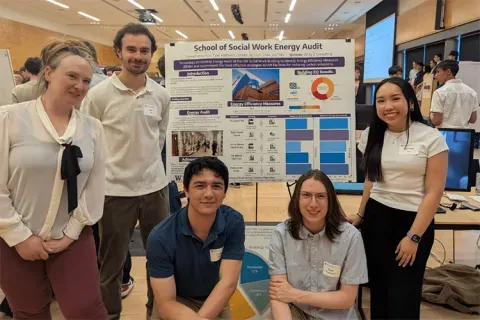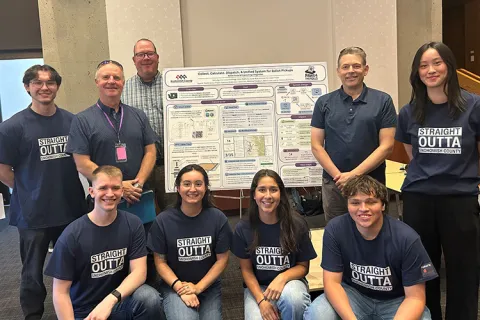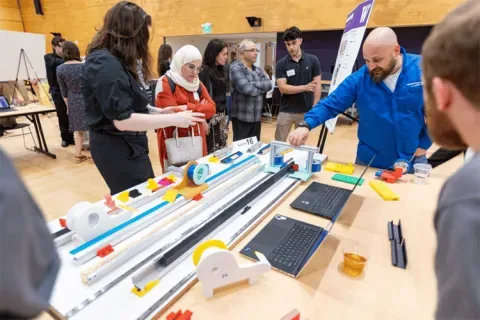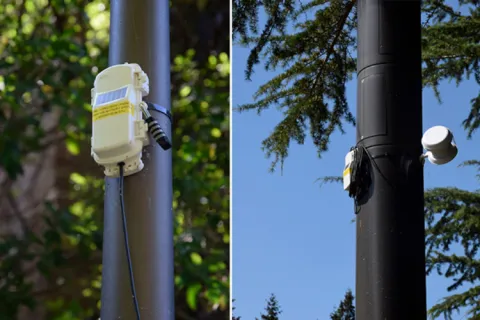Pacific Northwest National Laboratory (PNNL)
Few-Shot Machine Learning for Electron Microscopy Data Analysis
This student team studied the use of few-shot machine learning (ML) methods for segmentation and classification of features in electron microscopy data sets of materials for energy conversion, storage, and next-generation quantum computing. Few-shot ML has been proposed as one alternative approach to learn novel visual concepts based on little to no prior information about data. Few-shot has seen minimal usage within the materials science community, primarily in the analysis of electron backscatter diffraction (EBSD) patterns, but it has great potential to inform triaging and classification tasks in novel scenarios. Pacific Northwest National Laboratory (PNNL) has recently developed a few-shot code for segmentation of electron microscope images and an associated graphical user interface (GUI). Because of the novelty of this technique, there are currently many unanswered questions about its suitability to examine microstructural features. The student team evaluated the performance of few-shot ML as it relates to microstructural analysis of electron microscopy data, evaluated classification performance relative to current codes and the potential implementation of new architectures or statistical analyses, and explored the suitability of few-shot ML methods for this novel domain problem.
Faculty Adviser(s)
David Beck, Chemical Engineering
Related News

Mon, 10/13/2025 | UW Mechanical Engineering
Capstone collaboration leads to award
An ME capstone team received first place for its energy audit of the UW School of Social Work building.

Thu, 07/17/2025
UW engineering students develop smart ballot solution
UW engineering students develop smart technology solution to improve ballot collection for Snohomish County.

Mon, 07/07/2025 | UW Mechanical Engineering
Capstone creations
Students displayed innovative capstone design projects at the 2025 expo.

Fri, 09/20/2024 | UW Civil & Environmental Engineering
Smarter irrigation for a greener UW
A new project combines satellite data with ground sensors to conserve water and create a more sustainable campus environment.